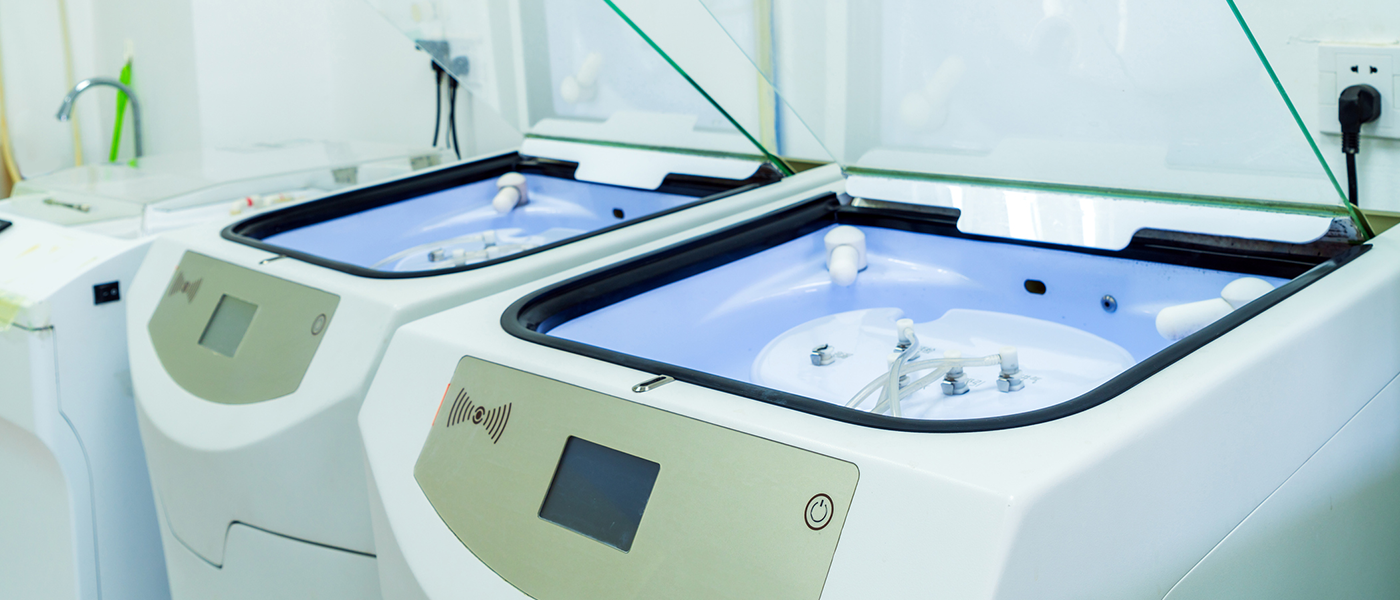






Explore the industry shares of cloud services like SaaS, IaaS, and PaaS and the revenue growth of top participants. Examine the partnerships between healthcare cloud service providers and ISVs, SIs, cloud MSPs, telecommunications, and network services providers.

This in-depth research defines, compares, and contrasts the different chronic disease management care models. It covers major diseases afflicting the US population with a sizeable part of US healthcare costs, including cardiovascular conditions, diabetes, and COPD.

Analyze the strategic imperatives, growth drivers & restraints, revenue share estimates, major developments in service offerings and business models, and growth opportunities in the small molecule contract development and manufacturing organization (CDMO) sector.

The virtual care market accelerated during the COVID-19 pandemic. The pandemic disrupted the practice of medicine and delivery of healthcare worldwide. Social distancing created an unanticipated demand for a solution that has improved access to care. Virtual visits via video, voice, and text, and diagnostics using chatbots became critically important to evaluate, manage, and track COVID-19 patients without an in-person exam. Beyond virtual visits, healthcare providers deployed telehealth solutions and video collaboration tools in various use cases, gaining experience with these solutions and incorporating them into daily routines.
Overcoming Barriers in Telehealth Adoption
According to Frost & Sullivan, COVID-19 accelerated telehealth adoption by two to five years ahead of forecasts. The virtual visit market in the US more than doubled in revenues in 2020 and is forecast to nearly double again in 2021, even as in-person visits resume. Remote patient monitoring (RPM) solution revenues surged even more rapidly in 2020, with these tools used to monitor coronavirus risks and chronic-condition patients not visiting their doctors. This market is receiving further boosts in the US from the CMS Acute Hospital Care at Home initiative.
Schedule a dialog or email us at myfrost@frost.com to connect with an industry expert at no charge. We are taking unprecedented action to make our team available to help you cut through the media and politics to get factual one-to-one guidance for the issues and opportunities that matter most to your business.

Frost Radar—Non-Invasive Prenatal Testing, 2021
Read more Request Info
Frost Radar—AI-enabled Drug Discovery in Pharmaceuticals
Read more Request Info

VC Investment in the US and EU Biotech Industry Impels Growth
Read more Request Info
Latest Advancements Drive the Growth of Decentralized Clinical Trials
Read more Request Info

Behavioral Health Management: New Growth Avenues Unveiled
Read more Request Info
Commercial AI Models in Radiology Create New Growth Opportunities
Read more Request InfoCommunity oncology practices are continuing to adapt to value-based reimbursement models as the Centers for Medicare and Medicaid Services (CMS) prepares to transition from the Oncology Care Model (OCM) to the Oncology Care First (OCF) model in 2022. While the full details of this transition are still pending, OCF is expected to include more practices than OCM – and may create similar challenges for oncologists and administrators when it comes to achieving financial performance.
Read more
The healthcare sector’s emphasis on meeting its Quadruple Aim goal—cost reduction, clinical outcomes, enhance the patient and caregiver experience, and improve the work-life of healthcare providers—encourages the medical imaging and informatics industry to use advanced technologies to tap into growth prospects. Frost & Sullivan’s recent analysis, Global Medical Imaging & Informatics Outlook, 2021, finds that the market opportunity is estimated to hit $37.10 billion in 2021 from $33.90 billion in 2020, registering growth at 9.4% under an aspirational scenario.
Read more
SPAC (Special Purpose Acquisition Company) is emerging as a popular route that enables companies to join public stock markets without going through the IPO process, with digital health certainly riding this wave. The first two months of 2021 saw 144 SPACs, raising $44 billion, with ten digital health deals in the first quarter of 2021, including Revolution Healthcare, Blueprint Health Merger.
Read more
An estimated 375 million computed tomography (CT) procedures are carried out globally each year, increasing annually by 3%–4%. The rapidly evolving needs of clinicians and radiologists coupled with technology advancements such as photon-counting detector technology, machine learning, deep learning, and spectral imaging have transformed the landscape of the global CT industry.
After more than a decade as a niche offering, hospital-level care at home—some of it offered digitally—is rising, boosted by hospitals seeking to relieve overcrowding during the pandemic, changing patient preference, and insurers interested in lowering healthcare costs. Implementation roadblocks, including patient selection, care management and discharge for home care, will present new challenges and opportunities for a diverse hospital at home (HaH) player ecosystem.
Frost & Sullivan’s recent analysis finds that digital therapeutics (DTx) in the United States are considered legitimate alternatives to traditional pharmacotherapy. These solutions are comprehensively regulated and granted prescription status by various national or state-level regulatory agencies based on reported evidence of improved clinical outcomes for a defined patient population.
Read more